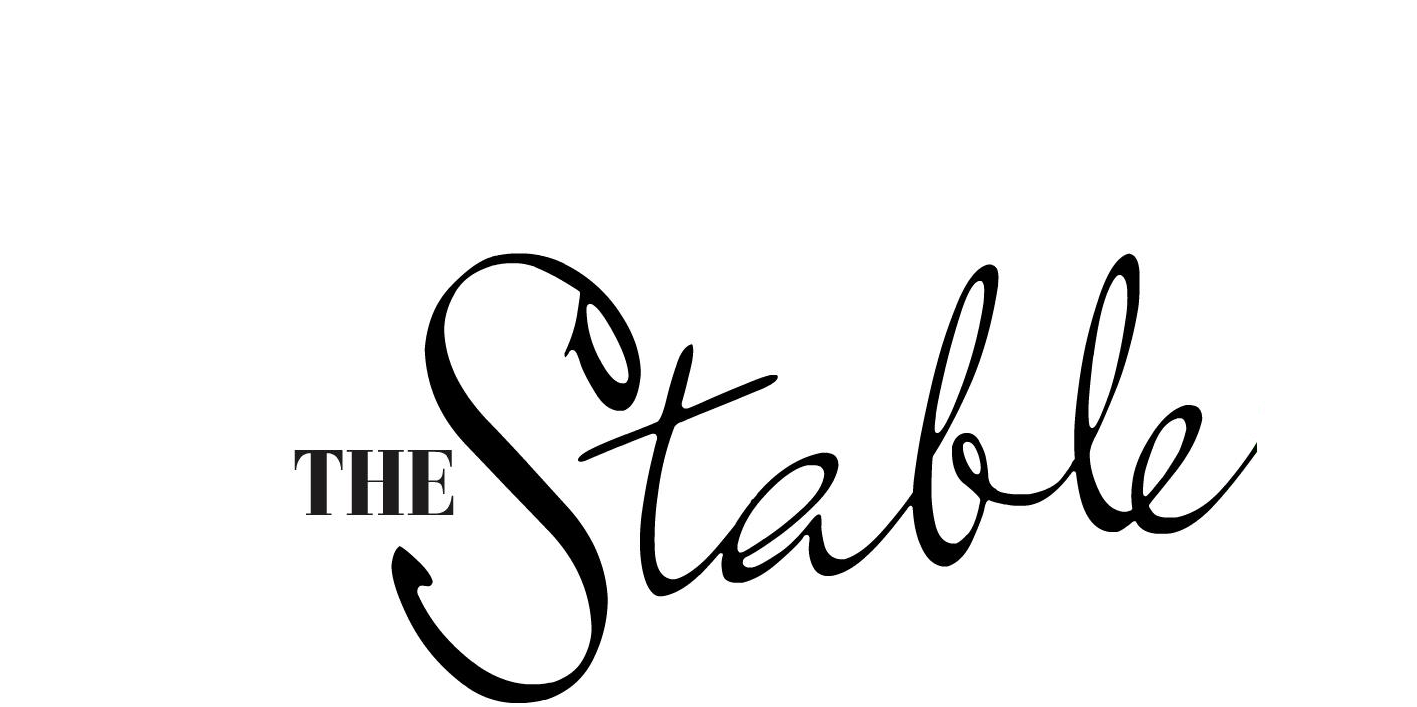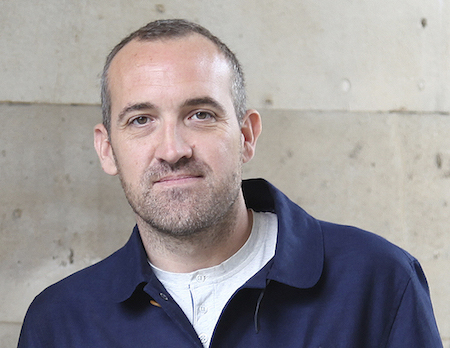Pitches are weird things. They’re expensive, and a lot of that cost is in the wear and tear on agency people and the self-confidence of the agency as a whole – no one wins every pitch. They’re a contest – but usually, the agency doesn’t know the rules used in the judging. They’re artificial – the agency will never work blindly like this again. Does the way in which creative agencies pitch need an overhaul? What would make pitches better or fairer?
Let’s find out from five top tier creatives who have survived more than their fair share of them.
Ben Welsh, chief creative officer, DDB Sydney
The problem with pitches is that they are run like a test rather than a quest.
As a result, these massively important decisions are made with minimum time and information.
You are given a minimum amount of time, information and contact, and then expected to come up with an answer, and prove that you have a constructive working relationship.
If procurement is involved, the wonderfully constructive relationship you had planned will gradually deconstruct.
But imagine it was like a quest and everything was done to help you succeed.
A pitch like that would go something like this:
Time – Time is essential to understand the problem, crack the idea, and, most importantly, get to know each other. Some pitches are as short as a week, others can go on for several months (well, the decisions can). One of the best pitches I ever worked on was San Diego Zoo. We had two months and they were very collaborative along the way.
Information – Ideally the client would share what they have – Commbank did this when they pitched in 2011- “This is where we’ve got, we need your help.” Sure, you’d expect your agency to dig up something interesting, but help them get there.
Facetime – The best results come from the best collaboration. Yet most pitches involve minimum collaboration. There might be a chemistry session, which usually goes well (not always mind!) but that’s it. Ideally you can add a strategy workshop and some drinks, so you really get to understand each other.
Money – this cannot be the key decider. Procurement should make sure the company is getting value for money, but that doesn’t mean cheapest. Nearly all clients have customers who pay a premium for their car, plane seat, or fridge, but then expect to be able to get your fridge for the same price as the less good fridge down the road.
Pitching is a lot like dating. At least I think it is, from what I remember about dating. The more time you can spend getting to know each other, the more hope the relationship has.
At the moment, too many clients seem to want to see the child before they choose their partner. No wonder relationships don’t last.
Simon Lee, executive creative director & partner, The Hallway
I’m writing this in Provence, where yesterday on the radio I listened to a passionate and very angry rant from a top French chef venting his extreme dissatisfaction at the Michelin star restaurant rating system. He was very, very angry about how this system affects his team, how they work and what they create. I loved his anger, his heartfelt passion; and it occurred to me that I maybe don’t get angry enough about the things that affect my team and what we create together. And you know what, of all the things that affect us, the creative pitch process is one that does warrant a good dose of FUCKING ANGER. Why? Because far too frequently, the process is fundamentally flawed.
Let me be clear here – my only agenda in advertising is to create the best work I possibly can for our clients – great creative that drives great results, and if I’m saying the traditional pitch process is fundamentally flawed, it’s because in my experience, it rarely leads to great work being created.
The greatest work comes from creating an environment and process in which people feel safe. Safe to play, safe to table the wildest ideas without fear, safe to share, safe to collaborate, discuss, debate, safe to fail spectacularly on the path to ultimately nailing it. And all of the above, as much in agency-client interactions as within the agency’s four walls. Now the simple fact is that the traditional creative pitch process creates an environment that is the exact opposite of what I’ve just described. If you accept to go along with it, you find yourself – alongside half a dozen other great agencies – in a high stakes game of “What the fuck is going to win us this pitch?” up against a tight deadline, with limited knowledge of what’s really going on inside the client’s business (not what’s in the brief, but what’s really going on). And, most ridiculously – with limited access to the people who are actually going to make the decision on who to work with (you know, the ones who don’t come to the briefing, the chemistry session or the tissue session, but who are at the head of the table on pitch day). The result of all of this is that the work that wins the pitch is far too frequently a lukewarm (but “very buyable”) creative response. Of course it is! The nature of the process stands in the way of the objective it claims to want to achieve!
So, what to do? Well, my wife and I recently rebuilt our house. We researched a bunch of architects, studied their work, seeing how their creative vision aligned with our vision for our home, then shortlisted and met with three of them. We didn’t select six “because the CEO says we have to have six”, and we sure as hell didn’t ask the three shortlisted architects to invest weeks of their time in coming up with ideas even though we already kind of knew who we wanted to go with. Instead, we hung out with all three, talked about their work and their process, had open and honest conversations, all the while getting a feel for what it would be like to go through the inevitable roller coaster ride of house-building together. Then we chose one, jumped in, backed him and us to be able to create something awesome together, and guess what? We did.
I do understand that this “thorough research and open & honest conversations” selection process might be daunting for some clients. “But how can we really tell how you’ll fare when the pressure’s on, the CEO is baying for more sales for fewer dollars and deadlines are looming,” they might ask? Sergey Brin and Larry Page faced a similar dilemma when seeking to appoint a CEO who could handle the enormous task of running Google, and what did they do? They took Eric Schmidt to Burning Man. So perhaps therein lies the answer. Forget the shallow awkwardness of chemistry sessions, the superficial stab-in-the-dark-fest of creative pitching. If you want to know whether an agency can handle your business, take ‘em to Burning Man baby!
Rob Martin Murphy, executive creative director, Ikon communications
There’s no problem with pitches at all. If you win them. Ha.
I do think the creative pitch process in its current, most common form could do with a refresh.
The idea that setting a brief, disappearing for two or so weeks, then returning to judge various jazz hands ensembles, is somehow the best way to pick your long-term (hopefully) agency partner? Well, I’m not so sure about that.
Even with the added incentive (and I use that word loosely) of a pitch fee, it’s never enough to cover the time, money and redirection of resources that an agency will commit to for however long the process takes.
What’s more, how well does a client really get to know the agency? How well does the agency really get to know the client and their business?
Let’s just say it’s imperfect. Or, to be blunt, an unnatural state for both client and agency to find themselves working in.
An alternative approach might be for a client to pick a few agencies doing work they like, invite them for lunch, get to know them as people, get a sense of their ambition, beliefs and perspectives (and vice versa) then, if lunch goes well, get them back in later for a workshop to try crack a challenging problem. In just a few days, the right agency partner will become abundantly clear.
Simple, really.
Oh look, over there, it’s a unicorn at the end of a rainbow…gotta run, there’s another pitch briefing on.
Gavin McLeod, executive creative director, Ogilvy Sydney
As we accelerate into a project world, I’ve come to both love and hate pitches.
I love the adrenaline rush of pitching and how the forced focus so often leads to amazing creative work. But I hate that this work rarely sees the light of day. If clients want agencies to pitch for their business, they need to buy the ideas presented.
I hate it when clients offer to pay, usually nominal, pitch fees – but want our IP! Giving away our creative thinking is not good business. So I love it when agencies, like my previous studio AKQA San Francisco, have the guts to turn down pitch fees to retain their IP.
Lastly, I hate the emotional and physical drain of pitching. There was once an unspoken rule that when a pitch was over you would have a few days to recoup. Nowadays agencies are running so lean there’s barely time to recover and we are burning out talented people.
My love-hate relationship has taught me that rather than hate something, I’d rather try to change it. Consequently, I’ve spent a lot of time thinking about disruption – about how to get to ideas quicker and execute them faster. I love experimenting with ways to break down internal barriers to create small, cross-functional teams that are empowered to move fast. And I’m wondering about how we bring clients into the creative process earlier and in more meaningful ways.
I don’t always get it right. But I’m trying to change that.
Mark Elwood, executive creative director, MullenLowe London
The problem with pitches? A big, old question, old being the word to focus on. I’ve taken the last three pitches we’ve been involved in to see if I can make some kind of assessment.
First, a beer brand, famous for its owner’s ambivalence to advertising. EXCITING. It is not billed as a PITCH, just a request from the client that they’d like to see a POV on the brand and some creative work from 3 agencies, we have 30 mins to present. So, a PITCH then…
Allegedly, the owner appointed the first agency to present the business in their meeting. The owner left our meeting after 20 minutes… no sour grapes from us, but is this respecting our time, business or our people?
Second, a very considerate healthcare client following ISBA’s Tissue Pitch process. Multiple routes, to varying degrees of finish, we present three routes from the same strategic platform. A brilliantly professional client team and a tightly run process from start to finish. The pitch, two hours of excitement and genuine debate. A great start to a relationship.
Third, a Government statutory review. A pitch. A proper pitch. Fast strategy session, to an idea in three days, into execution quickly, one route presented. Final pitch time, 30 mins, sure focuses the mind, no time for waffle and makes you cull ideas to the very best. I like it.
There are still kinda pitches, tissue pitches, and pitches proper and everything in between, there is no one size that fits all. If the client respects the time and energy spent by the agency and its staff, that’s a start. If the client pays something towards that cost, even better. A well-aimed thank you and good vibes ‘in the room’ go a long way too.
When all is said and done, it’s up to agencies to be discriminating, we have to say ‘no’ to unacceptable pitch processes. We’ll still all get suckered into kissing the odd frog, but perhaps slightly fewer than we used to?


















